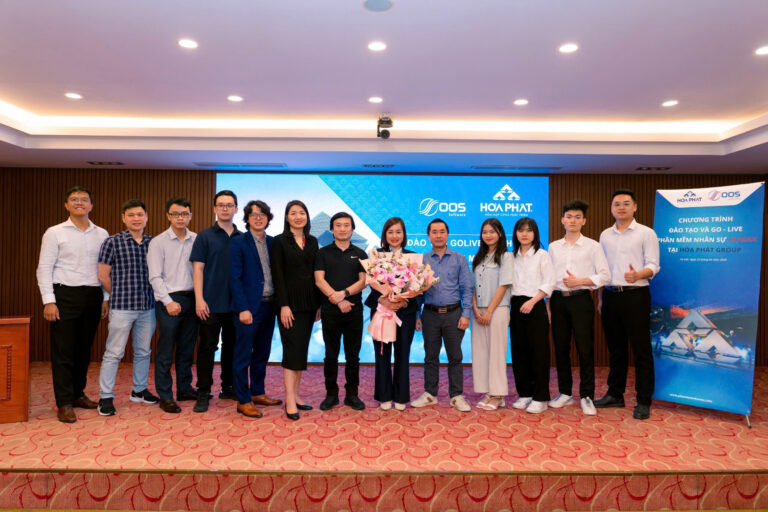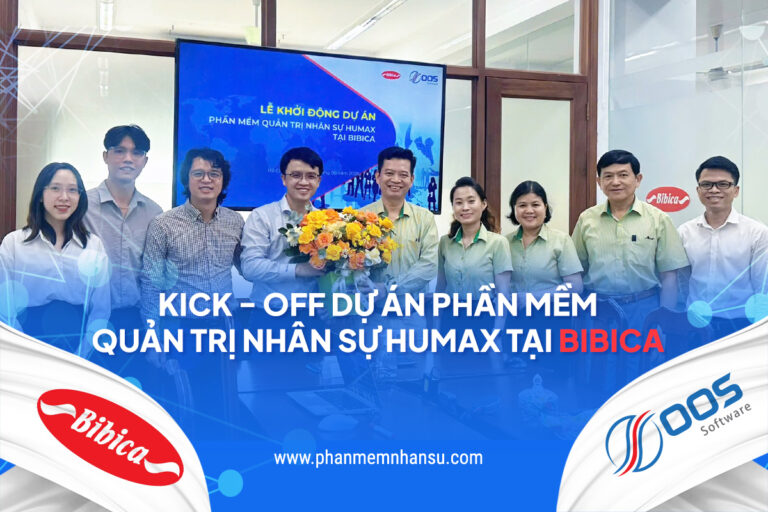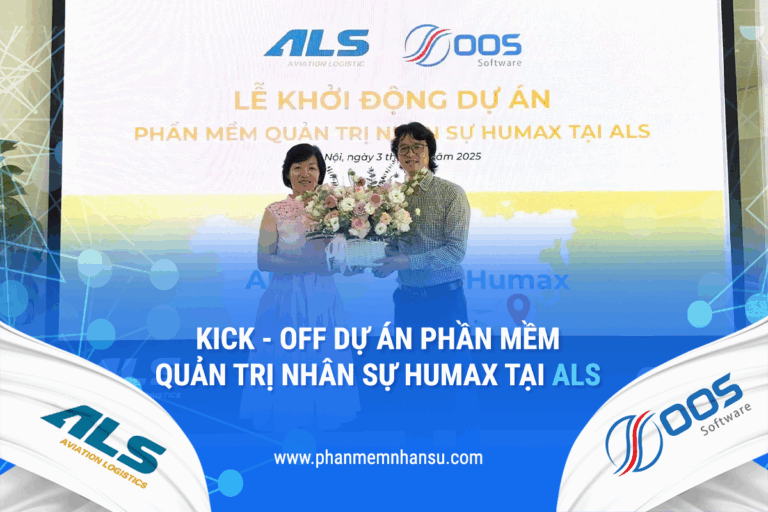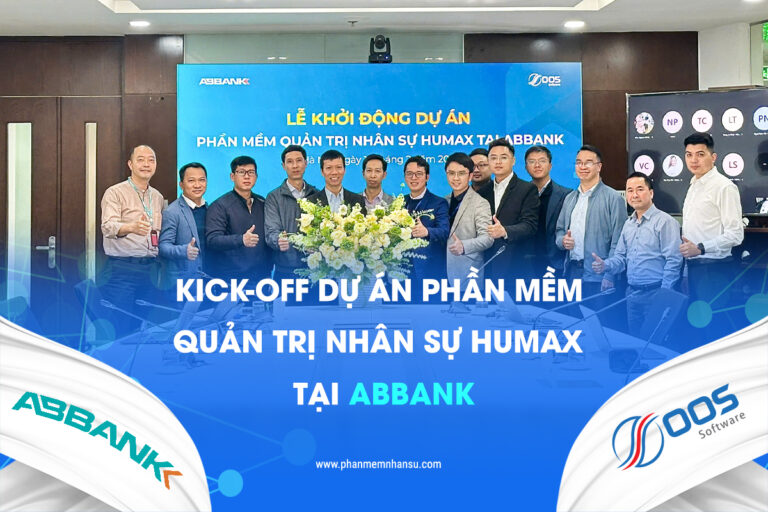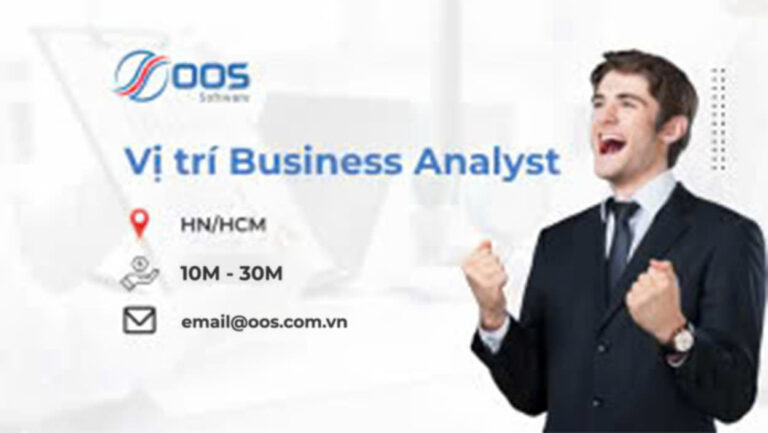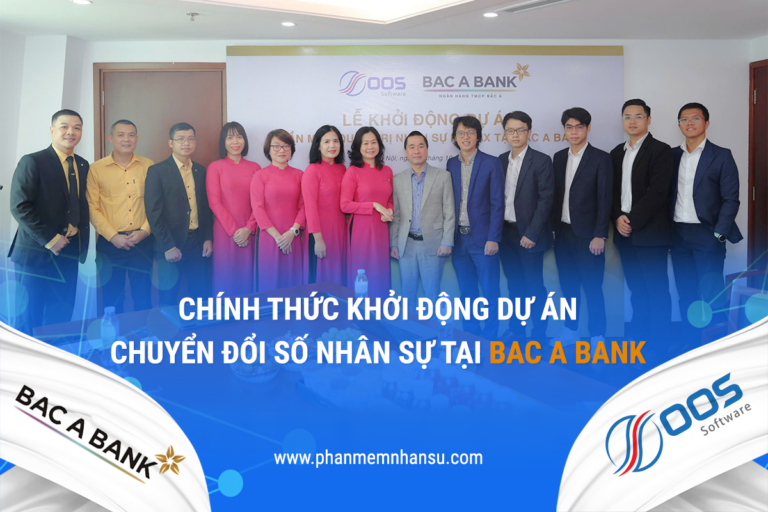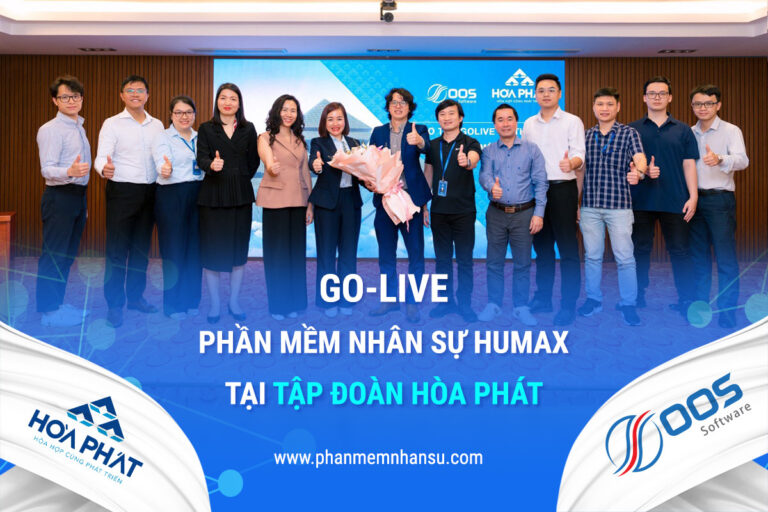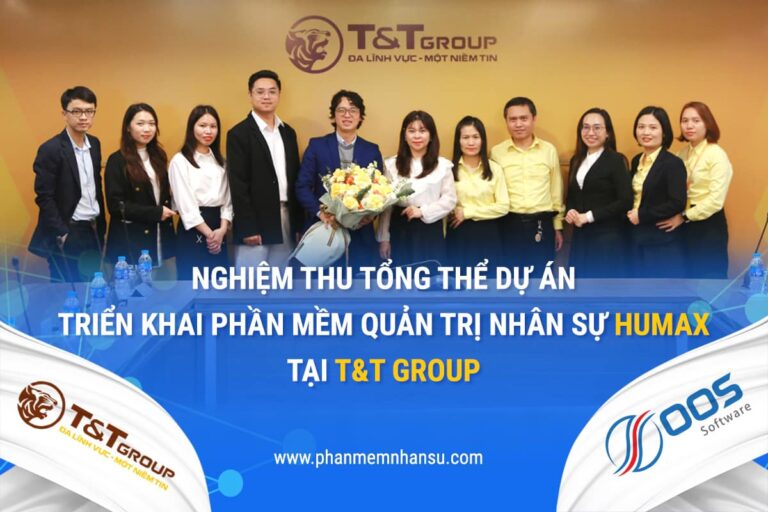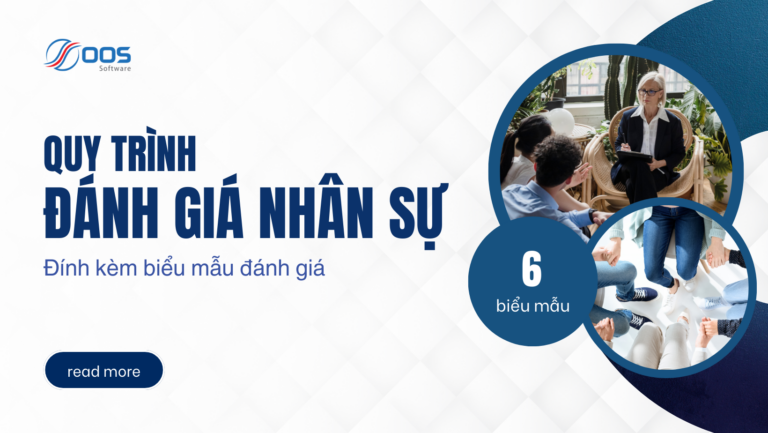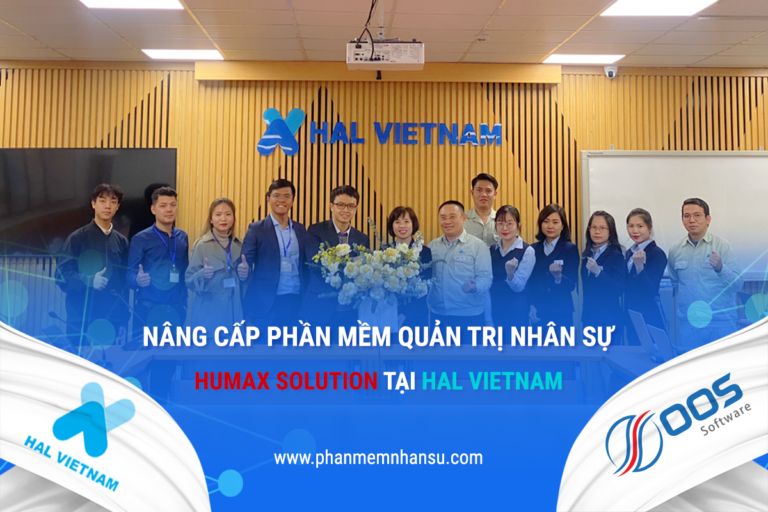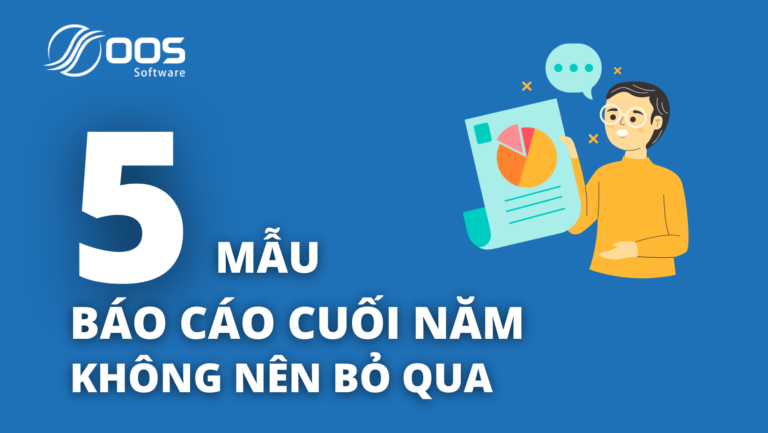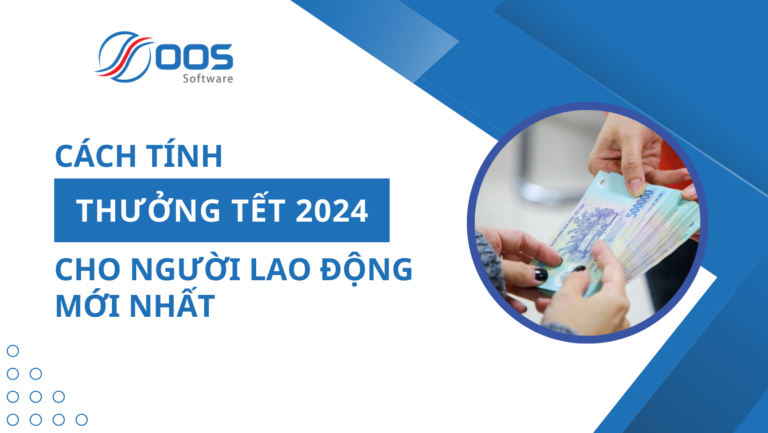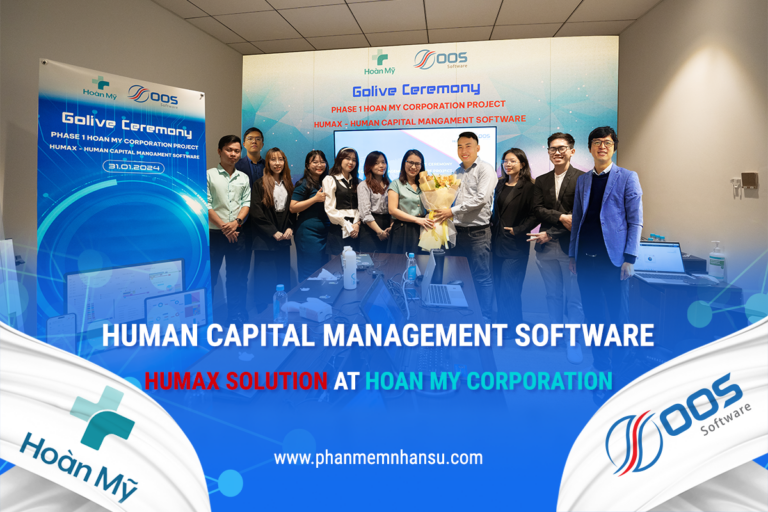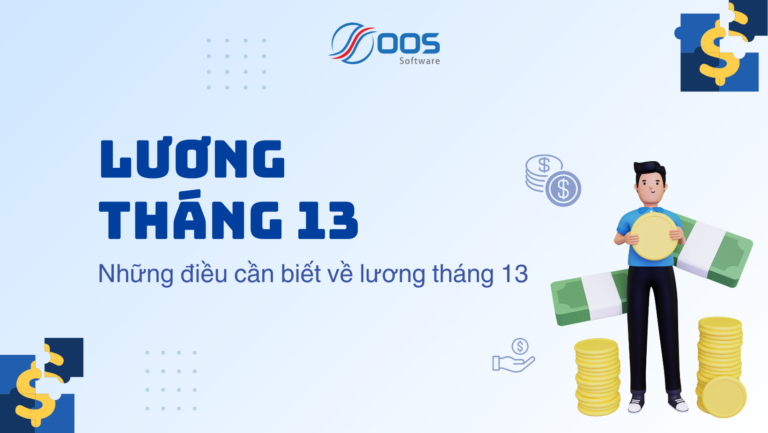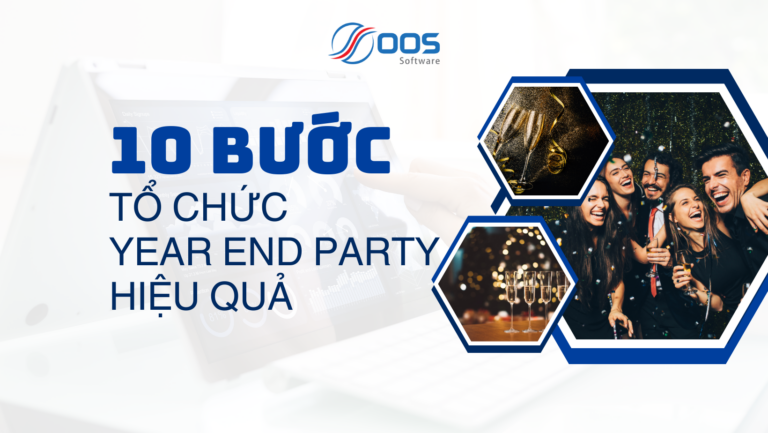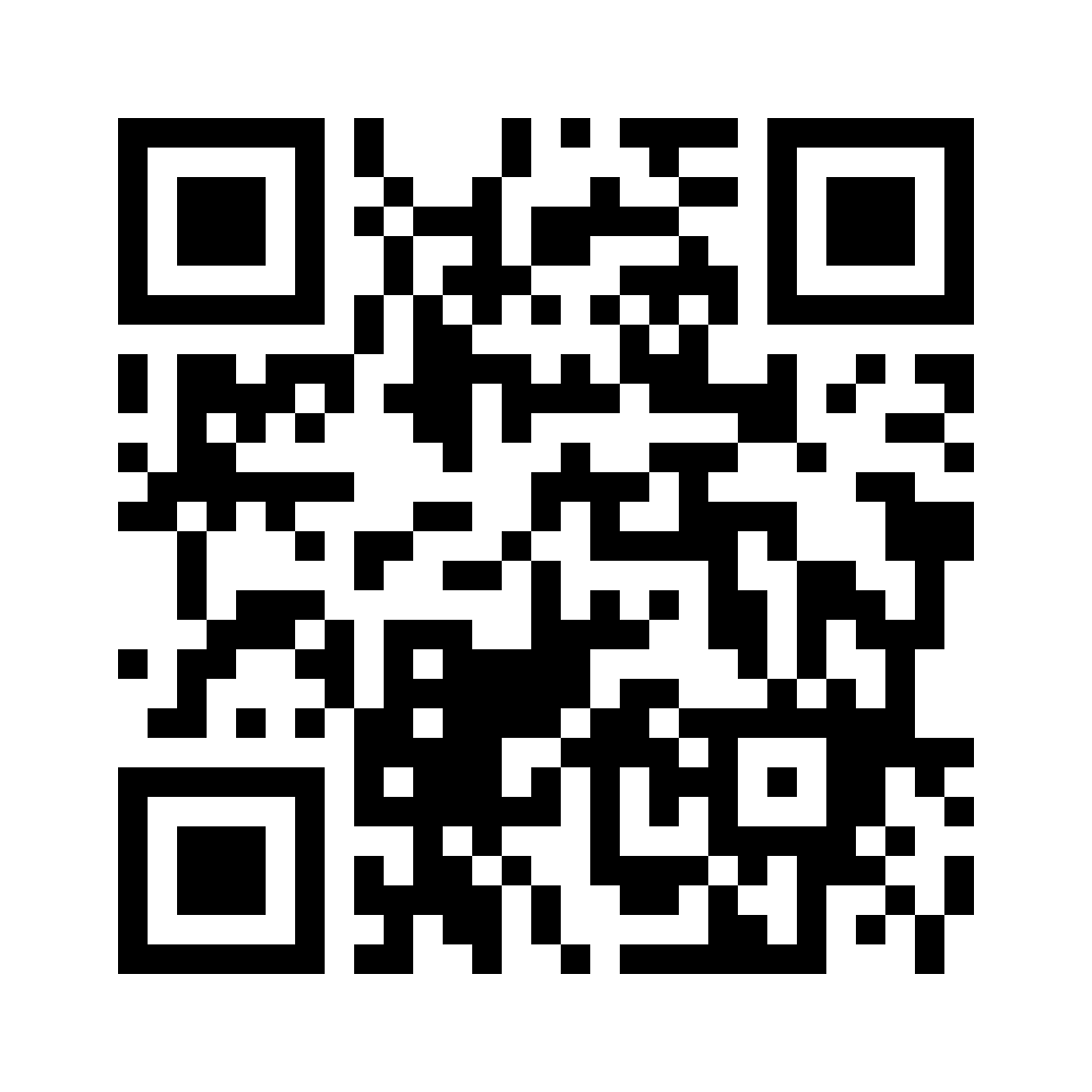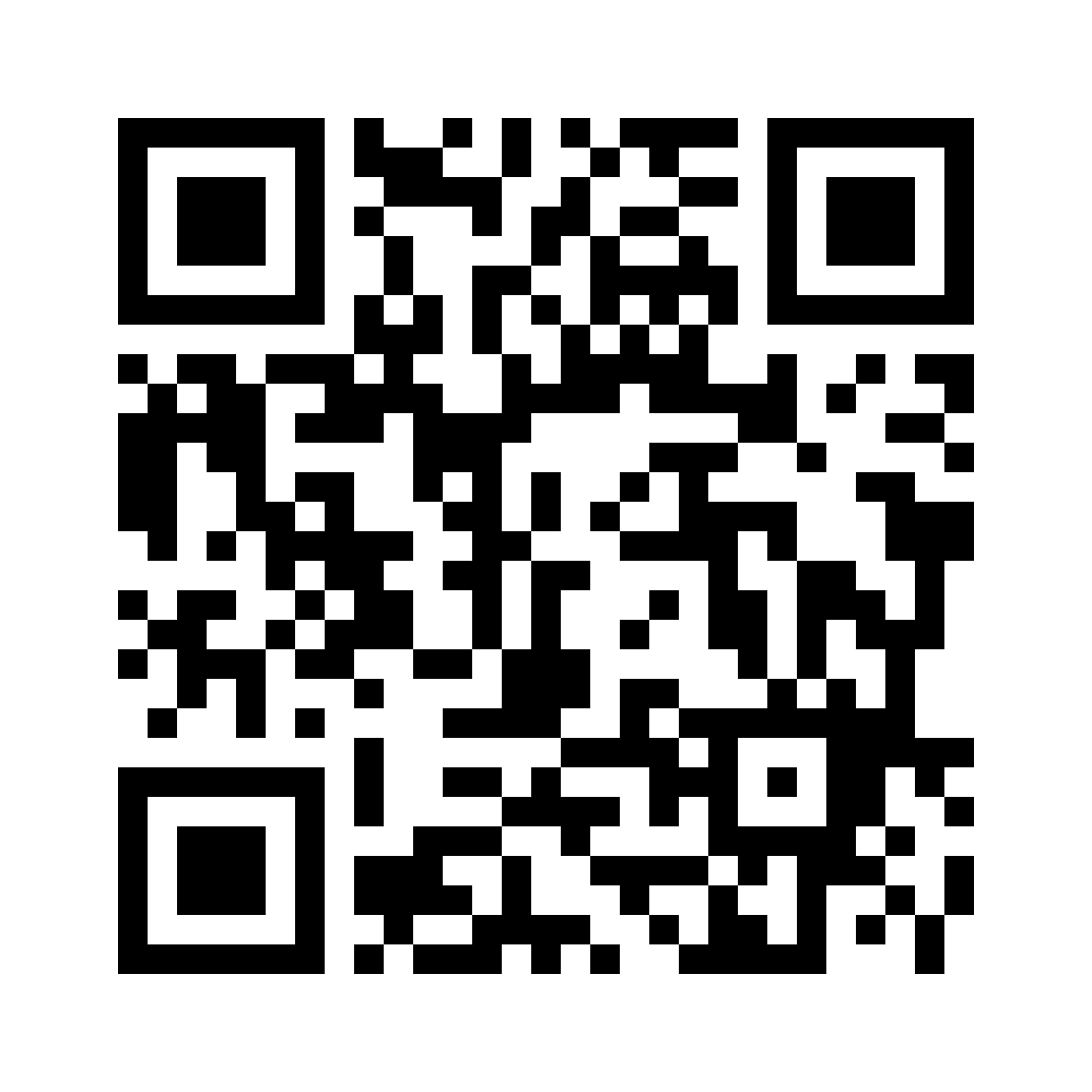How to help new employees quickly integrate and engage with the organization is a problem that businesses care about, because finding talent is difficult, retaining talent is even harder. Onboarding This is the key to this stage. So What is Onboarding? And how can businesses? build a standard onboarding process? The following article of OOS Software will help businesses have more solutions to this problem!
What is Onboarding?
Onboarding HR integration process in which new personnel are integrated with the organization. Employees will be familiar with the corporate culture, team members, and mentors to confidently and quickly catch up on work. This is the process by which businesses can build culture and trust in new employees, help retain employees longer and increase work efficiency.
What is Onboarding Process?
What is Onboarding Process? Onboarding Process will vary from company to company, mainly due to the different recruitment sizes and working procedures. For some organisations, the accession process includes an activity day or two; for other organizations, the process may include a series of activities lasting one or more months.

Activities in the process onboarding process usually includes: new employees complete the initial recruitment process such as providing full personal information; learn about the organization and its structure, culture, vision, mission and values; get to know your team, your manager; receive equipment and login accounts into the enterprise's system.
Many studies have shown that the first impression on the first day of work is one of the reasons for employees to decide whether to stick with the business or not. Therefore, Onboarding process It is the foundation that connects personnel and organizations.
What's the difference between HR Onboarding and Customer Onboarding?
HR Onboarding and Customer Onboarding have similar goals, but different audiences:
| HR Onboarding | Customer Onboarding |
| Is the integration process for new employees, carried out within the organization | The process of approaching and welcoming new customers.This process ensures that customers can easily access signed products and services simply and quickly, and integrate their information into the enterprise's database. |
The process usually has 4 steps including:
|
The process usually has 3 steps:
|
Basically, the HR Onboarding process is the previous process of Customer Onboarding, businesses experience and model to employees so that they can provide the best experience and knowledge to customers. Help customer care become better, ensure customers do not switch to a rival unit during the service experience.
" See more: Build recruitment process 5 steps to attract talent for businesses
Benefits when businesses implement Onboarding
Increase employee engagement
According to Gallup research, half of the employees surveyed said that having a friend at work makes them feel connected. From there work more efficiently and successfully. Especially during the Covid pandemic, when the connection at work becomes interrupted, the attachment between individuals in the organization is closely related to the attachment between individuals and businesses.
Procedure Onboarding will increase employee-employee engagement through welcome announcements, warm-up programs, and employee introduction to the team. In addition, it also helps to connect employees with the organization through training activities on the vision and mission of the business.

Enhance employee experience
The current human resource market is increasingly fiercely competitive because job opportunities are gradually expanding. GenZ new generation HR has more job options. They also appreciate the factors of working environment, experience, and spiritual values more than the previous generation. Therefore, if they are not satisfied, the experience is not good, they easily leave within the first 2 months of working. That is also the reason why many businesses, despite recruiting a lot, do not stick with the organization for a long time.
So that Onboarding process plays an important role, helping to enhance the employee's experience in the first days of joining the organization. Build a Onboarding process Standards will make employees more excited and motivated to work, bringing long-term value to the business.
>>> See more: Summary of 6 ways Employee timekeeping Most used

Better employee retention
About a quarter of employees quit in the first 90 days of work. This is attributed to the ineffective implementation of the new employee integration process, and organizations let their employees “support themselves” with a “sink or swim” mindset. The costs associated with replacing an employee can amount to 150% of their annual salary. This includes hidden costs such as reduced productivity, loss of special knowledge and reduced morale of remaining employees. Employee retention can save a company thousands of dollars.
Applying this, the Ernst & Young Group has saved more than 40 million USD over the years thanks to reduce turnover rate. With the same method, within just two years, First Tennessee Corporation increased its profit by $106 million.
" Do not miss: 11 Methods staff assessment The most popular and effective
Attracting talent
Businesses have to spend a lot of money to build recruitment brands, set up reward mechanisms for employees to refer new people to the organization. Understand What does onboarding mean? and build a Onboarding process Professionalism will help employees feel appreciated and impressed, they can introduce to many people around such as friends and relatives. In addition, along with the development of social networks, many company groups are opened so that employees can review their good and bad experiences at work. So if it makes a good impression on newcomers, the business can be mentioned as an example of a good place to work – free communication to another set of potential candidates.

Promote corporate culture
By establishing professionalism from day one, businesses build a strong culture within the company of employees being valued, taught, and supported. New employees immediately understand and feel welcome by the company, and existing employees see that the workforce is valued. The company's specific values are clearly communicated.
At Zenefits, the CEO of the company will meet with new employees and give a short speech to welcome them to the company. This is a great time to review the mission statement of the business with new hires, help them understand the working style, the vision of the business to adjust and understand the company culture.
Increase work efficiency
New hires often need the better part of a year to reach peak productivity. They need time to integrate into the business with a new role, balancing tasks such as understanding the organization, building relationships to create cross-functional teams.

The right employee onboarding can speed up this process, reduce the time it takes to master a job, and improve productivity. Statistics compiled by Click Boarding, a referral software company in Eden Prairie, Minn., show: Organizations have onboarding process professional will bring higher new recruitment productivity than 50%.
A great onboarding process can include setting goals, evaluating preliminary staff performance to create training plans, stating the job position and requirements, establishing a roadmap. honors for personnel. LinkedIn's Workforce Learning 2021 report shows that 70% managers say employees who spend more time learning are more satisfied with their jobs. Employees become more productive when they are happy with their current job, instead of spending time and energy looking for new opportunities.
Here are 4 steps onboarding process Business standards:
Standard 4-step onboarding process for businesses
Stage 1: Pre-Onboarding
This is an important stage in the process of building onboarding process Because even if the candidate has already accepted the offer, it is not certain that they will join the organization. Therefore, providing an experience before officially joining will increase the competitive factor to help businesses retain candidates better.
Some businesses begin the Pre-Onboarding process as soon as a job offer is accepted, often as activities to link new employees to the organization. Eg:
- Invite employees to visit facilities and branches
- Mail or email employees information about the organization, including benefits information, org chart, and company documents.
- Send care packages for newbies: can include cookies, coffee, coffee mugs with the company logo, or other logo apparel.
- Match the new employee with a friend before the first day of work to answer basic questions (e.g. What is the dress code? What can be expected on my first day? Does the employee Where do you tend to eat?)
Stage 2: Orientation – Welcoming new employees
Welcoming new employees is the official stage to introduce new employees. At this time, new employees do not know anyone and do not understand how to work to fit the corporate culture, so it is necessary to ensure that new employees can see the whole picture of the organization, make announcements and Detailed instructions for personnel.

Some large businesses have a professional welcome process that will divide tasks for each department as follows:
- Human resouces department: Complete and collect employee paperwork (e.g. forms, benefits); announcement of business hours, introduction of the organization's history and background, organization chart; visit the facility.
- Training department: Provide integrated program accounts; lead lectures and discussions on organizational culture and corporate goals; Review company videos.
- Manager: Discuss duties and responsibilities, work behavior, standards and expectations; introduce team members and other members of the organization; Consider other roles and relationships within the department.
- Colleague: Share how the team works, how to get work done, how to find/requisition tools and equipment, and where to get support.
- Executive team: Help employees understand the mission, vision, values, strategic goals and objectives of the organization; review roles and responsibilities at superiors; describe organizational culture.
- Mentor/best friend: Introduce team members and others in the organization, review informal rules and policies, answer daily questions.
This process can be overwhelming for new employees and is therefore best done in a few days or a week, if possible.
Stage 3: Role Specific Training – Role-specific training
The training phase is also an equally important stage, because employees will know what they need to do, grasp the knowledge needed to complete the job well. Enterprises also conduct employee skills assessment. This will help managers assess the knowledge and abilities of new hires and develop a role-specific training plan tailored to their skill set.

Some of the training content is often done in the process of personnel integration:
- Employee's main responsibilities
- Job-specific tools they may need to use
- About corporate learning courses and accounts
- Conduct post-training assessment tests
- Make sure new hires have everything they need to understand what their role will look like in the first weeks and months.
It can take a few months for a new employee to become familiar with and gain knowledge about the company's products, markets, or customer base. Training will ensure that the knowledge employees have are correct and meet the needs of the business, also help employees feel they are supported and part of the organization. Always make sure employees are given instructions, opportunities to respond and ask questions.
" Find out more: The Onboarding hidden costs that businesses should pay attention to
Stage 4: Ongoing Support
This is the final stage of the HR integration process, helping employees transition from the role of a new employee to a full-time employee. During the day phase, the manager should set out the team's work goals so that employees know what they need to do and set personal goals.
A better way to support is to set goals for employees or help them build a personal goal system, help them visualize the work picture, direction and direction so that they can succeed, achieve goals, improve work quality and productivity. Evaluate employees periodically after a month/quarter/year to determine work performance, recognize employee achievements, praise their efforts. This will help employees have higher work morale, devote themselves to the organization.

OOS Software has more than 15 years of research and development, is a reliable partner to support human resource management, accompanies many large enterprises and corporations in the market. Contact now to get advice on Recruitment Software for your Business.

